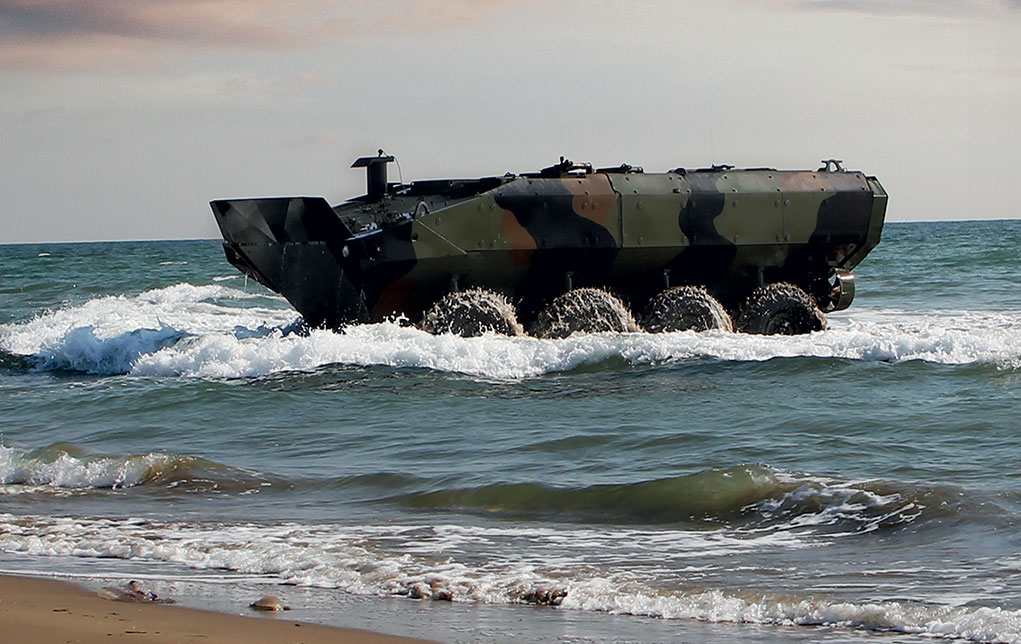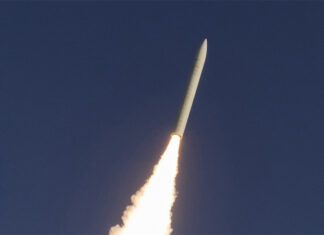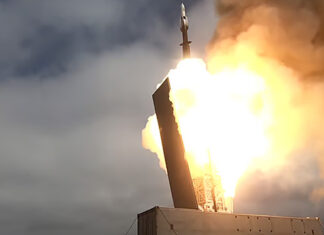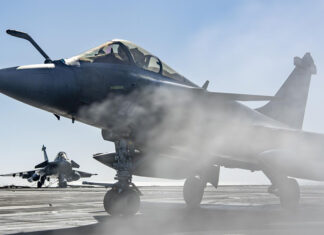The U.S. Marine Corps has selected a new wheeled, amphibious combat vehicle (ACV) for the service. Following a successful Milestone C decision by the Assistant Secretary of the Navy for Research, Development, and Acquisition, the contract options worth $198 million will allow BAE Systems to build 30 low rate production vehicles, which will start delivering in the fall of next year. These vehicles will begin the transition of a portion of the Assault Amphibious Vehicle fleet. The new vehicle designated ACV 1.1 by the Corps is an advanced 8×8 open ocean-capable vehicle that is equipped with a new 6-cylinder, 700HP engine, which provides a significant power increase over the tracked LTVP-7A Assault Amphibious Vehicle (AAV), which is currently in service and has been in operation for decades.
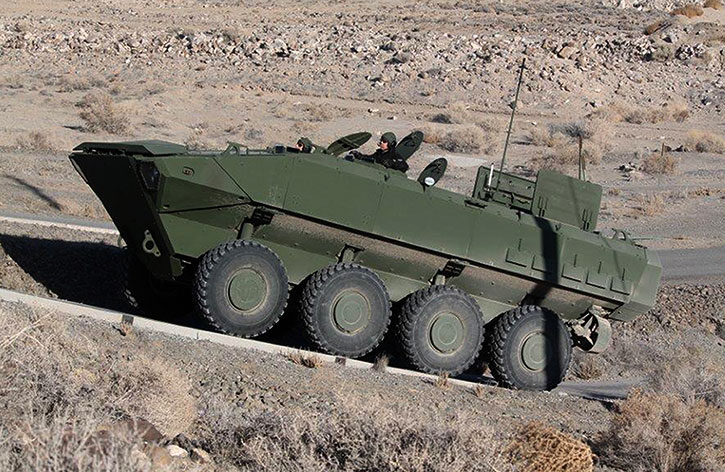
Based on the Italian SuperAV design introduced by Iveco Defense Vehicles, ACV provides exceptional mobility in all terrains, a suspended interior seat structure for 13 embarked Marines, blast-mitigating positions for a crew of three, and improved survivability and force protection over currently fielded systems. The team has conducted extensive risk mitigation testing and evaluation for water operations, land mobility, and survivability that have proven the solution’s capabilities. The design is adaptable to accommodate growth for future technologies or requirements.
Iveco Defence Vehicles and BAE Systems teamed together in the very early phases of this program to offer a superior solution to the US Marines for their ACV requirement. The team has already built 16 prototypes of the vehicle, as part of the Marine Corps competition for the next generation of vehicles to get the Marines from ship to shore to engage in land combat operations. BAE Systems will be the prime contractor for the program with CNH Industrial subsidiary Iveco Defence Vehicles providing the 8×8 amphibious armored platform design, core components, and services. Work on the program will be performed at the company’s facilities in Aiken, South Carolina; Sterling Heights, Michigan; Minneapolis; Stafford; San Jose, California; and York, Pennsylvania.
The BAE Systems team conducted its own extensive risk mitigation testing and evaluation for land mobility, survivability, and swim capabilities that proved its vehicle’s performance prior to delivering the first 16 prototypes to the Marine Corps in 2017. this delivery was part of service’s evaluation process, where BAE and SAIC built 16 prototypes each for extensive testing before the final award that was announced yesterday. Over the past 15 months, the company supported the Marine Corps’ rigorous Developmental Testing and Operational Assessment of the vehicles, which performed superbly in water and land operations, payload, and survivability.
This 518-word article is part of the 747-word article open to subscribers.